Top 14 File And Object Storage Leaders: Gartner Magic Quadrant
Market leaders in distributed file systems and object storage include Dell Technologies, IBM, Pure Storage, Scality, NetApp and Qumulo, according to Gartner’s new 2020 Magic Quadrant.

Gartner’s 2020 Magic Quadrant For Distributed File Systems And Object Storage
Enterprises will triple their unstructured data stored as file or object storage on-premise, at the edge or in the public cloud by 2024, according to Gartner’s 2020 Magic Quadrant for Distributed File Systems And Object Storage.
Furthermore, Gartner predicts that by 2024, 50 percent of the global unstructured data storage capacity will be deployed as software-defined storage (SDS) on-premises or in the public cloud, up from less than 20 percent in 2020. Gartner customers are reporting unstructured data as growing between 30 percent and 60 percent year over year.
The unstructured data storage market is quickly evolving to meet the needs of massive data growth and digital transformation requirements to connect and collect everything. Storage infrastructure products based on distributed file systems and object storage are “increasing faster than ever” in both number and capacity of deployments as the platform of choice to address the explosion of unstructured data in global data centers, Gartner said.
Here are the 14 market leading companies that made Gartner’s Magic Quadrant for Distributed File Systems And Object Storage, along with assessments of each company‘s strengths and weaknesses in storage.

Gartner’s IT Risk Management Methodology
In order to be included in Gartner’s 2020 Magic Quadrant for Distributed File Systems and Object Storage, vendors must generate more than $10 million in annual product revenue from distributed file systems and/or object storage solutions. Additionally, storage providers must have at least 75 production customers each consuming more than 500TB of raw capacity through either distributed file or object storage protocols only.
Storage products should not be offered exclusively as-a-service, and the product must be designed for primarily on-premise workloads and not as a passthrough solution where data will be permanently stored elsewhere.
Gartner’s Magic Quadrant ranks vendors on their ability to execute and completeness of vision and places them in four categories: Niche Players (low on vision and execution), Visionaries (good vision but low execution), Challengers (good execution but low vision) and Leaders (excelling in both vision and execution).
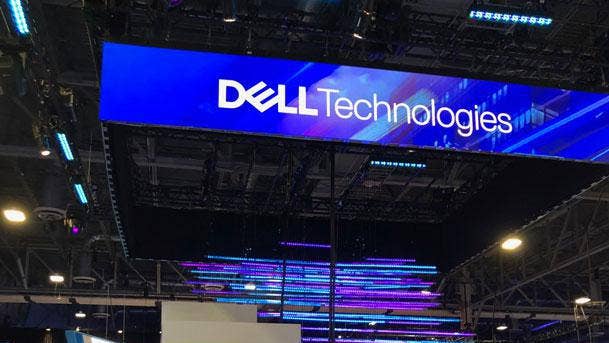
Leader: Dell Technologies
The Round Rock, Texas-based worldwide market leader for file systems and object storage took home gold in both execution and vision on Gartner’s Magic Quadrant. Dell EMC’s PowerScale is a new distributed file system that runs on-premises and in Google Cloud, while Dell’s object storage ECS platform runs on-premises and in the cloud. Dell’s DataIQ adds insights into data usage for data stored on PowerScale and ECS, and also on third-party storage and cloud, including the ability for users to move data on demand.
Strength: Dell Technologies has the largest installed base of unstructured data storage with PowerScale, formerly Isilon, and ECS. The Dell Technologies Cloud PowerScale for Google Cloud lets customers get the same file storage experience on-premises or in the cloud.
Weakness: Gartner said PowerScale and ECS lack a strong global data management capability that includes support for data workflows from federated edge locations to public cloud and core.
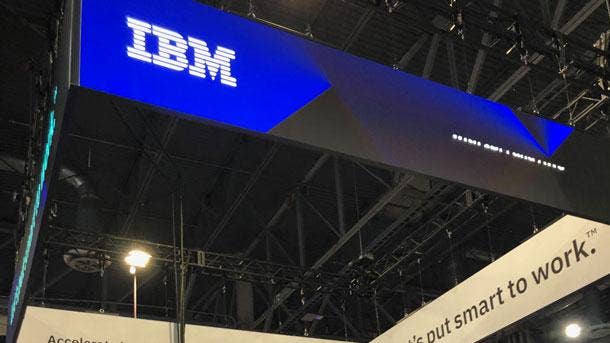
Leader: IBM
IBM won second place for execution and ranked fifth in vision on Gartner’s Magic Quadrant. The Armonk, N.Y-based company’s Spectrum Scale is a file system product that runs on-premises and in public clouds, while IBM’s Cloud Object Storage (COS) offering runs on-premises and in the IBM Cloud. Spectrum Scale recently added support for OpenShift containers as well as higher-performance appliances and certified new third-party servers for COS.
Strength: Spectrum Scale has the largest-scale deployments both in terms of capacity and throughput among the vendors in Gartner’s Magic Quadrant. IBM Spectrum Discover analyzes data in Spectrum Scale and COS, providing data visibility, classification and labeling with custom metadata to enable artificial intelligence-powered applications
Weakness: IBM’s unstructured data portfolio lacks a solution for general-purpose file workloads for Windows applications that can scale, Gartner said. The portfolio also has minimal integration between high-performance file storage and a cloud storage repository, leading to management complexity.
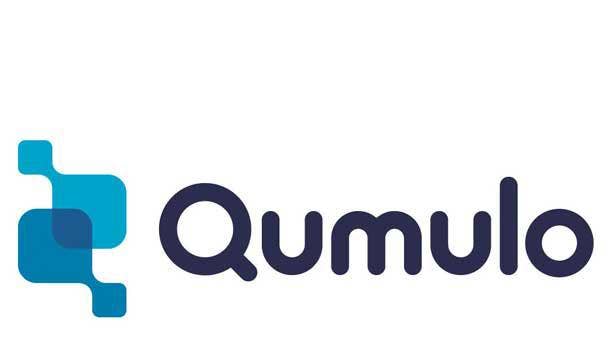
Leader: Qumulo
New this year to Gartner’s Magic Quadrant, Qumulo ranks third for vision and among the middle of the pack for execution. The Seattle, Wash.-based company’ File System is software-defined and runs on-premises and in the public cloud. The solution is for large-scale, high-throughput file workloads with performance analytics and capacity management. Qumulo has expanded into Europe and Asia, added Fujitsu and HPE as new OEM’s, while also expanding all-nonvolatile memory express (NVMe) hardware support. It now has a mixed hardware node and enhanced SMBv3 support.
Strength: Gartner said Qumulo is starting to gain more visibility as it is experiencing significant growth and expansion because of a focus on high-growth modern workloads and industries, especially in North America.
Weakness: Qumulo doesn’t have scale-down capabilities. Gartner said it is not a good fit for the edge or less than 100TB file system deployments when running on dedicated hardware.
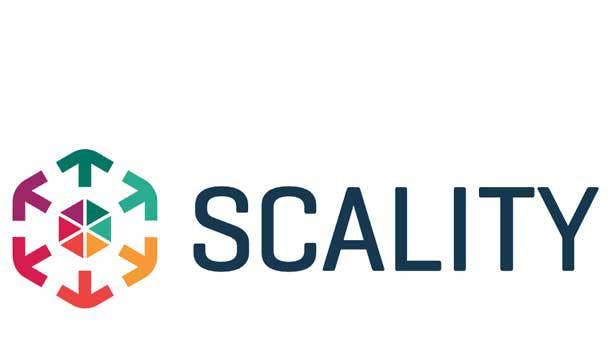
Leader: Scality
Scality ranks fourth for vision and among the middle of the pack for execution on Gartner’s Magic Quadrant. The San Francisco-based company’s RING storage solution runs on-premises and extends to the public cloud. Scality offers integrated file and object storage for high-capacity unstructured data workloads, and runs as software on commodity hardware. Scality recently launched new features including integration of multi-cloud namespaces and a data mobility engine with RING 8; native Azure object storage support; and bidirectional compatibility with S3 API and data.
Strength: Scality’s integrated file and object architecture remains a unique differentiator, where other vendors depend on an add-on gateway solution, according to Gartner.
Weakness: Gartner said end users describe Scality as a“more complex” system that requires a high level of expertise to deploy and to manage. The company also lacks a strong presence in Asia.
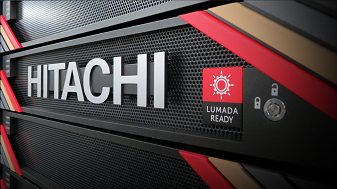
Challenger: Hitachi Vantara
Hitachi Vantara ranks third for execution on Gartner’s Magic Quadrant and among the middle of the pack for vision. The Santa Clara, Calif.-based company’s Hitachi Content Platform (HCP) object storage product is offered as software or an appliance that runs on-premises, in public cloud as well as in hybrid cloud environments. HCP can scale performance and capacity independently to support a wide range of workloads. New features Hitachi Vantara recently added include S3 API support including S3 Select; all-flash appliances; and HCP Anywhere Edge security.
Strength: Hitachi Vantara has developed HCP integration with AWS, Microsoft Azure and Google Cloud Platform for data tiering and mobility. HCP has over 2,000 customers in production globally.
Weakness: The company’s object storage cannot be deployed without mandatory professional services. Gartner said some clients report that any upgrades or system changes require vendor engagement.
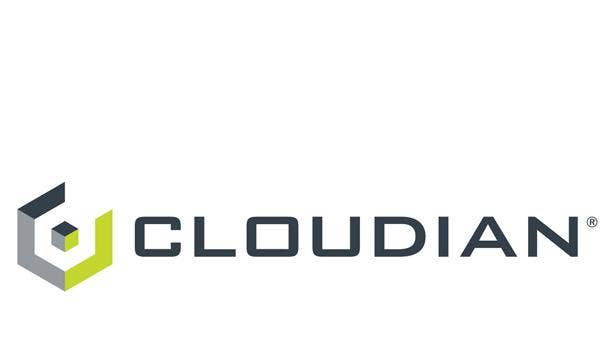
Challenger: Cloudian
Cloudian ranks fourth for execution on Gartner’s Magic Quadrant and among the middle of the pack for vision. The San Mateo, Calif.-based company provides a scale-out object platform that is designed for high-throughput object storage workloads. Cloudian HyperStore runs on-premises and in public clouds. It offers an add-on file gateway to handle file workloads. Recent Cloudian new features include native integration with VMware Cloud Director object storage extension, improved scalability with HyperStore Xtreme, as well as Object Lock support and analytics with HyperIQ.
Strength: Gartner said over the past 12 months, Cloudian increased new customer adoption “significantly” by growing its sales reach, tripling its number of channel partners, and expanding strategic relationships.
Weakness: Cloudian’s global install base is relatively small compared to other vendors on Gartner’s Magic Quadrant, with limited customers in Asia.
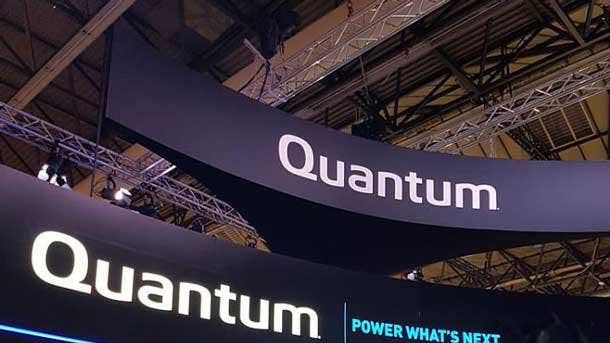
Challenger: Quantum
Quantum ranks among the middle of the pack for both execution and vision on Gartner’s Magic Quadrant. Quantum ActiveScale was acquired from Western Digital in March. The San Jose, Calif.-based company offers an object storage appliance that is designed for high-volume unstructured data workloads. Quantum recently added data pipeline services with real-time object notifications, asynchronous geospread for multisite disaster recovery and increased density.
Strength: ActiveScale has credibility with respect to big data workloads, given its contributions to the upstream Hadoop source code and the broader ActiveScale team’s expertise with such workloads.
Weakness: Gartner said Quantum’s focus and product roadmap might be changing as vendor ownership of ActiveScale is based on the acquisition of an abandoned Western Digital product with only a limited number of new paying customers compared to other vendors.
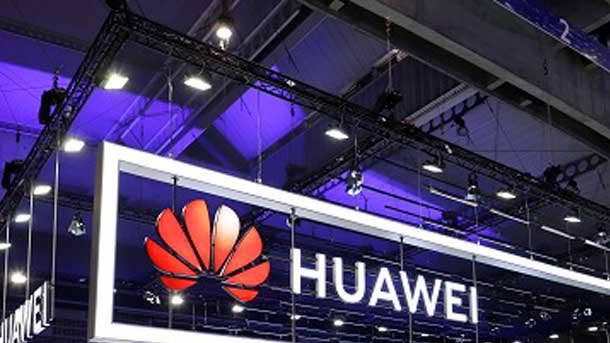
Challenger: Huawei
Huawei ranks among the middle of the pack for both execution and vision on Gartner’s Magic Quadrant. The China-based technology conglomerate offers OceanStor 9000 V5 as a file systems product and OceanStor 100D, formerly FusionStorage, as a block and object storage product. Over the past 12 month, OceanStor 9000 added all-flash nodes, deduplication, compression and quality of service, while OceanStor 100D added NFS/SMB gateway, all-flash nodes, async replication and compression. OceanStor 100D will soon become Huawei’s flagship product for all unstructured data needs.
Strength: Huawei’s storage products continue to grow rapidly in adoption with recent expansion in Asia, Africa and the Middle East. OceanStor 100D is positioned to accommodate a wide range of unstructured data workloads.
Weakness: Geopolitical concerns surrounding Huawei are preventing IT leaders from considering the vendor for global deployments outside of Asia. Overall, Gartner said Huawei’s storage products have limited public cloud integration.
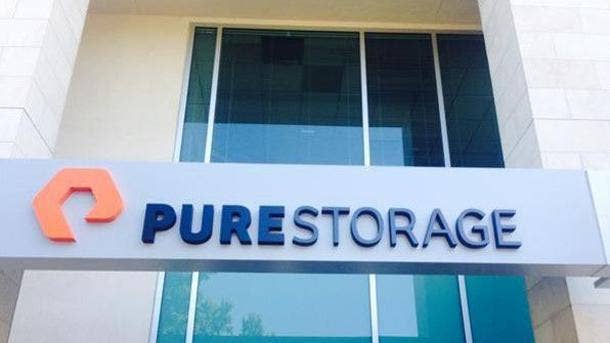
Visionary: Pure Storage
Pure Storage won second place for vision on Gartner’s Magic Quadrant and among the middle of the pack for execution. The Mountain View, Calif.-based company’s FlashBlade is a purpose-built unified file and object platform. Pure Storage offers a scale-out distributed file system designed to handle tens of billions of files and objects for massive throughput by adding blades to scale capacity and performance. Gartner said the company has experienced rapid customer growth where performance is valued with all flash.
Strength: Along with rapid customer adoption over the past 12 months, Gartner said Pure Storage released enhancements to the Purity//FB data storage management software, allowing it to compete more effectively.
Weakness: Gartner said FlashBlade lacks a lower-cost option for customers as well as enterprise workload features such as native SMBv2.1 and SMBv3, native external autotiering for public clouds, and in-line deduplication.

Visionary: NetApp
NetApp ranks among the top of the pack for vision and among the middle for execution on Gartner’s Magic Quadrant. The Sunnyvale, Calif.-based company’s StorageGRID is an object storage solution that is available as software and hardware appliances that can run on-premises and in the public cloud. NetApp supports tiering of data from on-premises StorageGRID to AWS and Azure. Recently, NetApp added synchronous information life cycle management at ingest, multifactor authentication, high-availability load-balancing software, and all-flash appliance and support for expansion shelves.
Strength: Gartner said NetApp has increased market traction by investing resources in ramping up both channel partner and direct sales of StorageGRID.
Weakness: NetApp does not have a unified file and object storage platform, Gartner said, while many customers don’t see the company as a stand-alone object storage provider, but rather as part of NetApp’s vision for its Data Fabric.
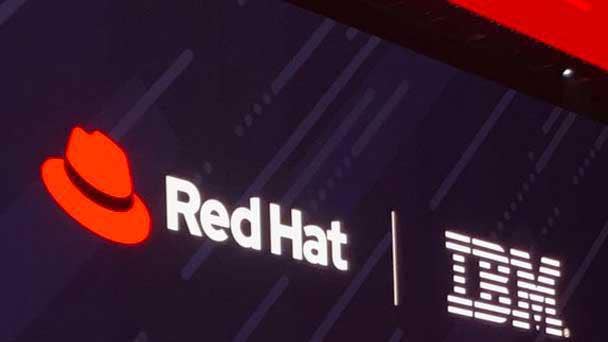
Visionary: Red Hat
Red Hat ranks among the top of the pack for vision and among the bottom group for execution on Gartner’s Magic Quadrant. The Raleigh, N.C.-based company, which is owned by IBM, provides two open-source software-defined products: Ceph Storage and Gluster Storage. Ceph Storage supports block, object and file; and Red Hat Gluster Storage is sold as a file product. Ceph has become the foundation for Red Hat OpenShift Container Storage, and Red Hat has added a multicloud gateway and improved automation. Recent Ceph releases included higher-performant back-end storage and simpler installation utility.
Strength: Red Hat’s Ceph Storage provides a versatile unified storage platform suited for many emerging application workloads, Garter said, and benefits from open-source community contribution.
Weakness: Gartner said customers are reporting a desire to see improvements in product manageability, ease of use, documentation, monitoring and overall reduction of deployment complexity.

Niche Player: Inspur
Inspur ranks among the bottom of the pack for both vision and execution on Gartner’s Magic Quadrant. The China-based company’s AS13000G5 series offering provides a unified software solution for both file and object storage. Inspur offers three AS13000G5 products for petabyte-scale applications for high performance, high-definition video, high reliability and cloud-based deployments. New Inspur features include support for the Intel Optane SSD as a storage tier, and manageability and security enhancements.
Strength: Inspur receives high marks from customers for aggressive pricing, high performance and large cluster capacity, which Gartner says are factors that drive competitive advantages in the Chinese market for HPC and backup/archive.
Weakness: Inspur’s AS13000G5 software-defined storage solution does not support a hybrid cloud offering on AWS, Azure and GCP, while it also does not include consumption-based, as-a-service subscription offerings.
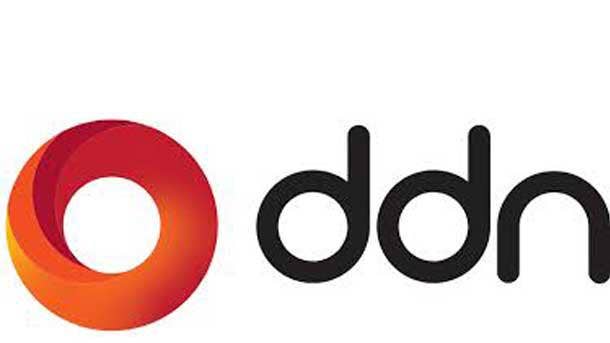
Niche Player: DDN
Gartner ranks DDN near the bottom for both execution and vision on its Magic Quadrant. The Chatsworth, Calif.-based company’s EXAScaler is a distributed file system that runs in on-premises and in the cloud. DDN’s EXAScaler is for large-scale, high-throughput file workloads while DDN’s WOS is for long-term repository as a tier for EXAScaler. EXAScaler is powered by Lustre parallel file system. Recently, DDN enhanced EXAScaler’s user interface, data management capabilities, and sharing of data across NFS, SMB and S3 protocols.
Strength: Gartner said DDN is a leader in supporting large-scale, high-bandwidth scientific research applications with some of the largest deployments in capacity and performance.
Weakness: XAScaler is primarily an HPC storage offering and does not address other distributed file system use cases well. For true cloud-native object storage use cases, Gartner said DDN does not currently have an offering.
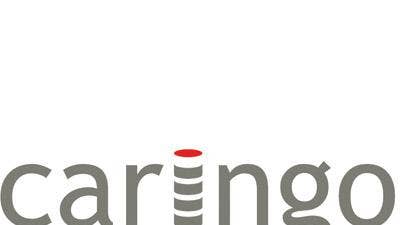
Niche Player: Caringo
Caringo ranks last place for both execution and vision on Gartner’s Magic Quadrant. The Austin, Texas-based company’s object storage Caringo Swarm product is offered as software or an appliance that runs on-premises and in a public cloud. Caringo offers object storage that is designed to be a scalable, SDS platform with universal support for traditional file data, object storage APIs and public cloud data. The company recently launched a new Swarm server appliance and partnered with Wasabi for cost-effective disaster recovery storage and on-demand access for video archives.
Strength: Caringo Swarm 11 offers a rich set of features developed specifically to reduce the amount of time and effort needed to restore, deliver and protect media and entertainment workloads.
Weakness: Gartner said the company’s ability to grow is constrained by its limited investment in R&D, marketing and sales. Most of Caringo’s revenue comes from capacity expansion from existing customers.